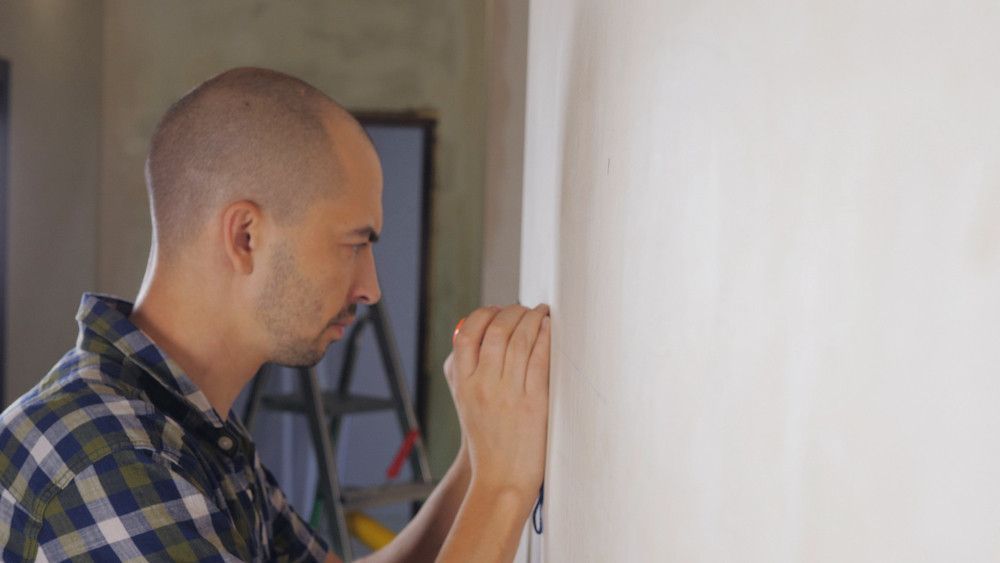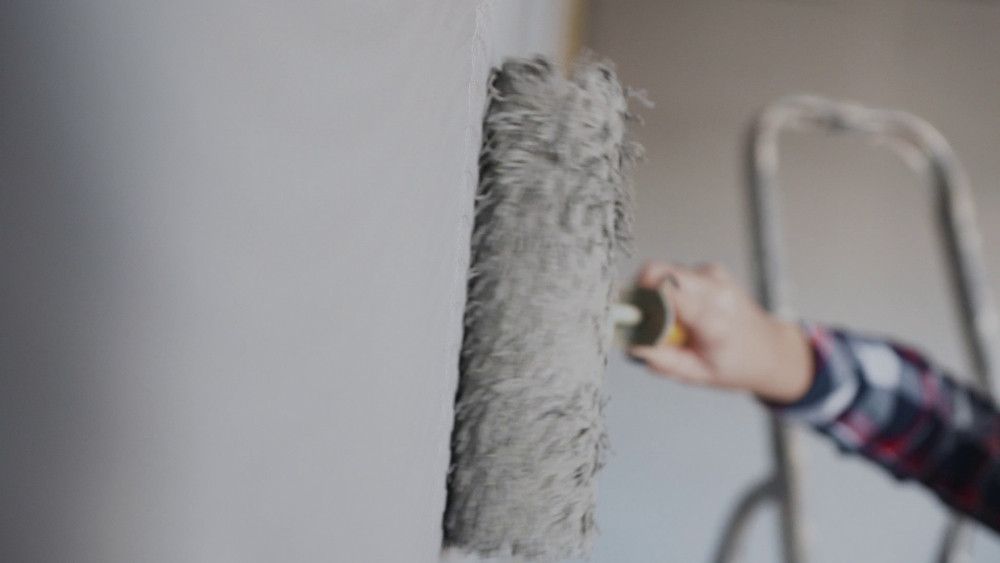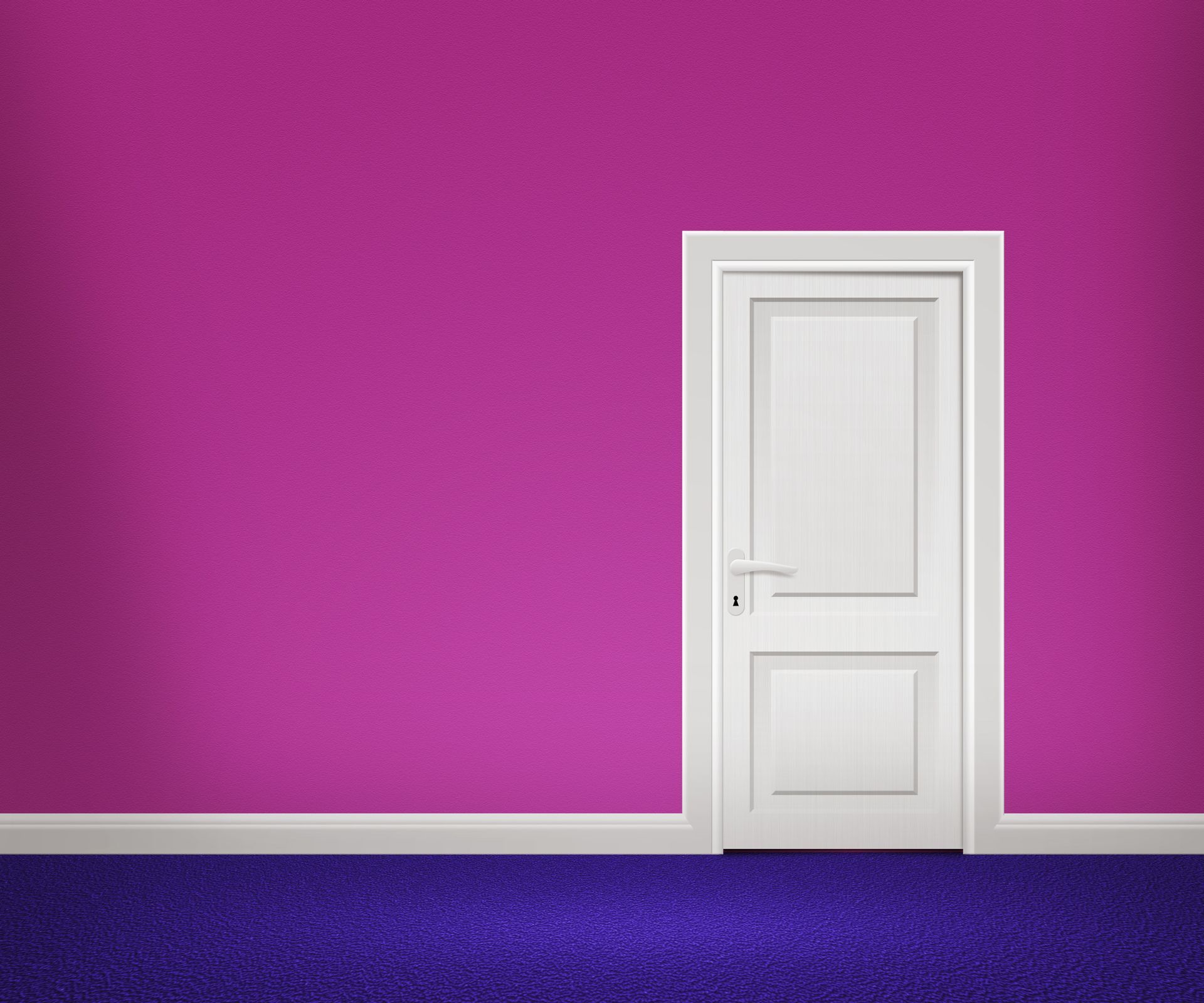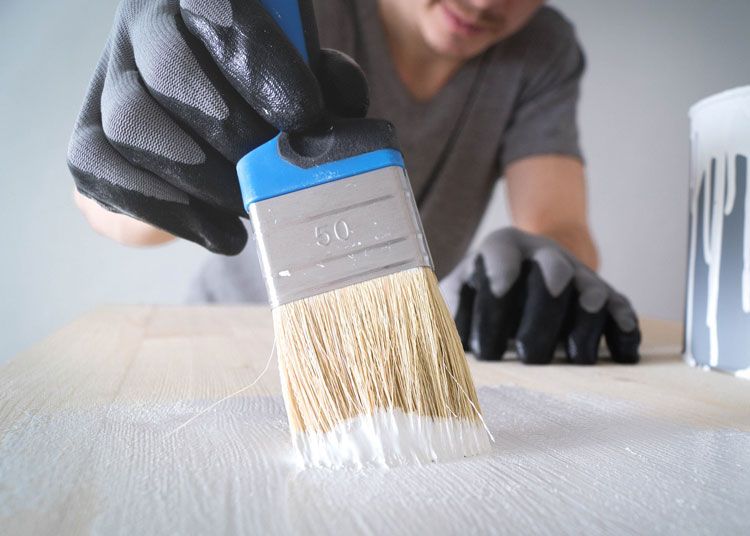What Is the Relationship Between Moisture and Drywall?
If you're reading this, chances are you want to install brand-new drywall, or your residential drywall has already been compromised by moisture. The moisture levels in dry walls vary depending on the relative humidity. In some homes, the levels can hit up to 50%. However, the appropriate humidity of drywall should be between 5 and 12%, per the Green Building Council guide.
In this article, you will understand what moisture does to drywall. Additionally, you will know how to check the moisture in residential drywall. That way, it'll be easier for you to maintain the structural integrity of your house.
Effect of Moisture on Drywall
Drywall is merely porous sheetrock used as a finish for the interior of buildings. It is sturdy but can get damaged when exposed to water for too long. As a result, it becomes weaker and softer, and if you don't move in quickly, you may end up with mold on the residential drywall.
As a homeowner, you should be concerned if your drywall becomes moist since it will become a breeding ground for bacteria.
How To Check for Moisture in Drywalls
By now, you know that drywall should remain dry. Therefore, you need to test for moisture periodically to ensure it's within recommended levels. Before you get a moisture meter, here are three things to quickly check for moisture behind your residential drywall.
Check for Surface Discoloration
If you notice any yellowing material and rounded ring-like spots, you could be dealing with mildew and mold. You may also notice peeling paint, which is usually the prime indicator of moisture problems.
Smell the Wall for Mustiness
When your residential drywall becomes moist, it creates a haven for the fungus. When the wood starts rotting, you may have a musty smell, more like the smell of dampness. So, try sticking your nose closer to the wall and see what you can pick.
Push the Wall and Feel the Movement
Drywall is very sturdy, especially when it is dry. However, the drywall may have already picked up moisture if it feels spongy and soft when you push your interior wall. To confirm, you could slightly poke into the wall with a butter knife to check for any damaged wood.
Moisture and drywall shouldn't exist together because one is bad news to the other. Therefore, prevent moisture build-up in your home by keeping humidity low. Consider getting a smart thermostat to ensure your AC serves you well.
Share:
Search:
Recent Posts








